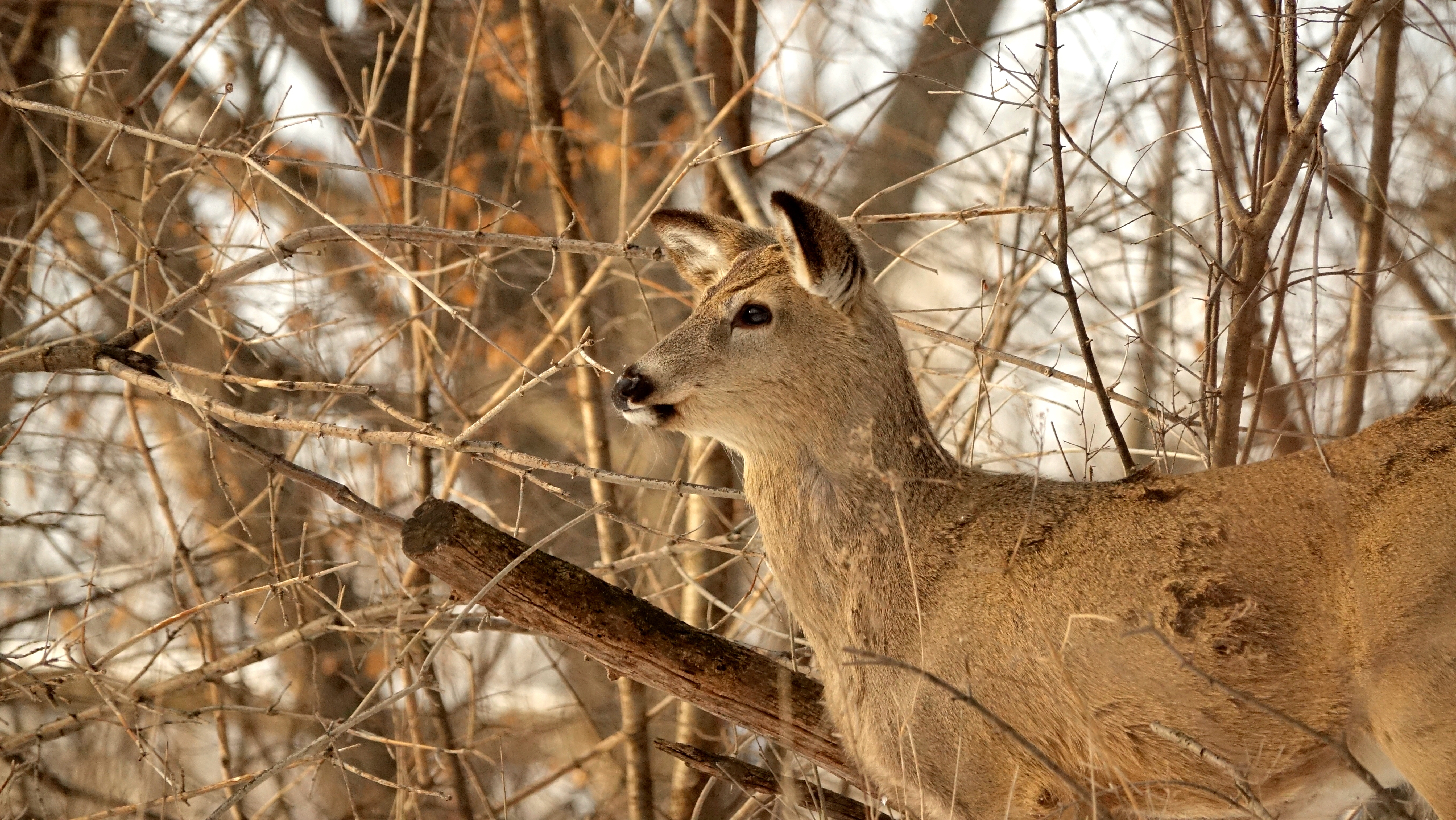Newly funded: State looks to U researchers to investigate how CWD is transported in soils, waterways
July 27, 2021

What started as a grassroots movement in 2019 to assist the state in chronic wasting disease mitigation has grown into a leader in CWD research and outreach.
Now, thanks to $1.72 million in new state funding, the Minnesota Center for Prion Research and Outreach (MNPRO) will embark on a multidisciplinary initiative to understand how chronic wasting disease is transported in Minnesota soils and waterways. The team of researchers and scientists will employ novel detection tools it has developed in an effort to characterize, forecast, and remediate prion contamination of Minnesota’s waterways, soils, and plants.
The project will have significant impacts for not only animal and human health, but for local and statewide economies to which CWD represents a billion dollar threat. MNPRO has assembled a research team with expertise in hydrology, soils, epidemiology, plant biology, and molecular biology—and the team will work with state watershed districts, citizens, and other partners in its efforts to confront the multifaceted health and economic issues CWD poses.
“Previous research has shown that CWD-causing prions can remain infectious within the environment for years and that they are transported by water,” said MNPRO Co-Director Peter Larsen, PhD, an assistant professor in the College of Veterinary Medicine's Department of Veterinary and Biomedical Sciences. “Thus, confronting CWD in Minnesota requires an intense research effort focused on the ecology of CWD in our state."
CWD affects white-tailed deer, mule deer, red deer, sika deer, caribou, reindeer, elk, and moose—animals known as cervids. The transmissible neurological disease produces small lesions in an animal’s brain and ultimately results in abnormal behavior, weight loss, loss of bodily functions, and death. While it is yet unknown whether the disease can spread to humans, the Centers for Disease Control and Prevention recommends against eating meat from CWD-infected animals.
More than $1.37 million in funding for this project was provided by the Clean Water Fund as recommended by the Clean Water Council. The remaining $336,000 was provided by the Minnesota Environment and Natural Resources Trust Fund as recommended by the Legislative-Citizen Commission on Minnesota Resources.




